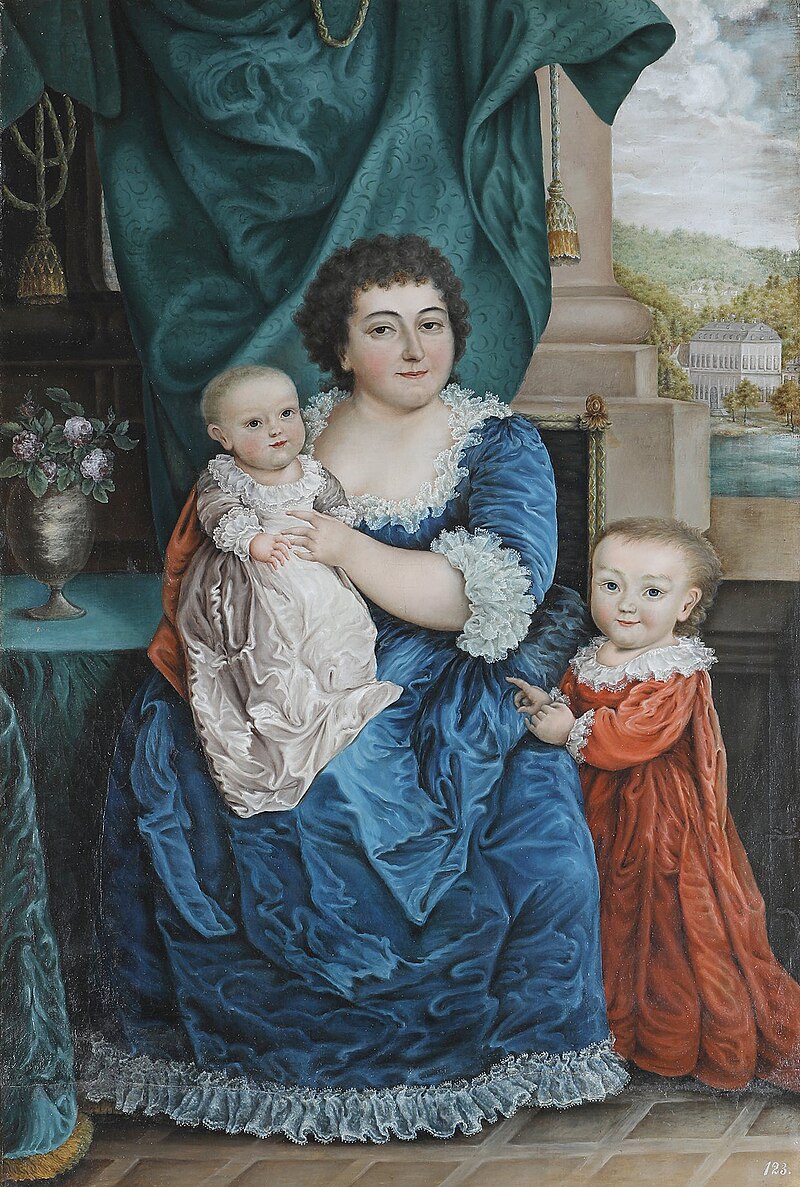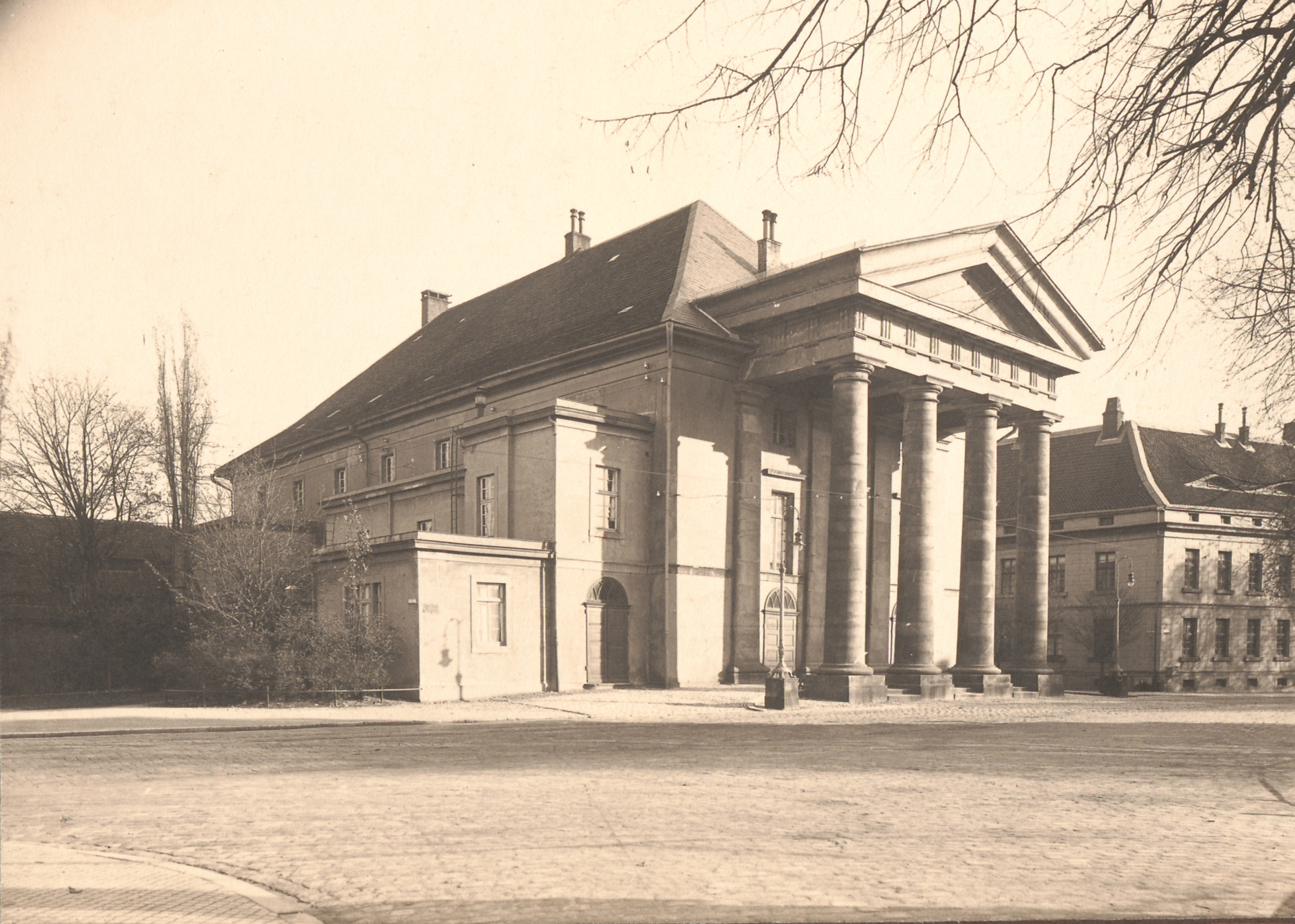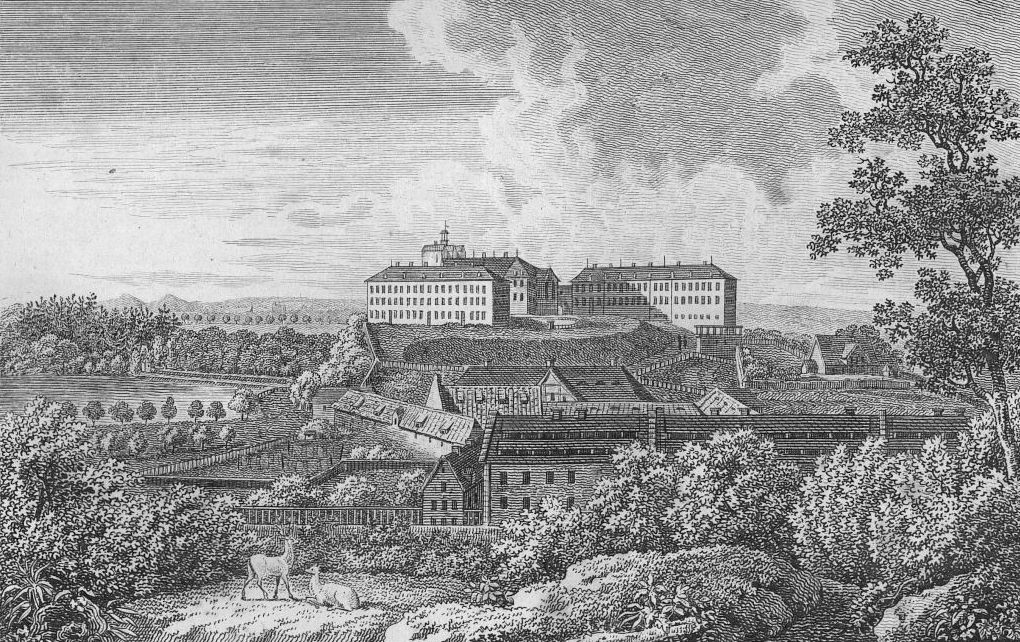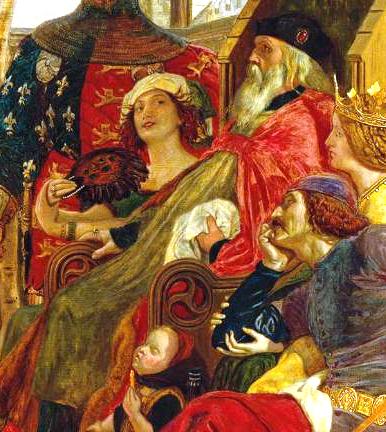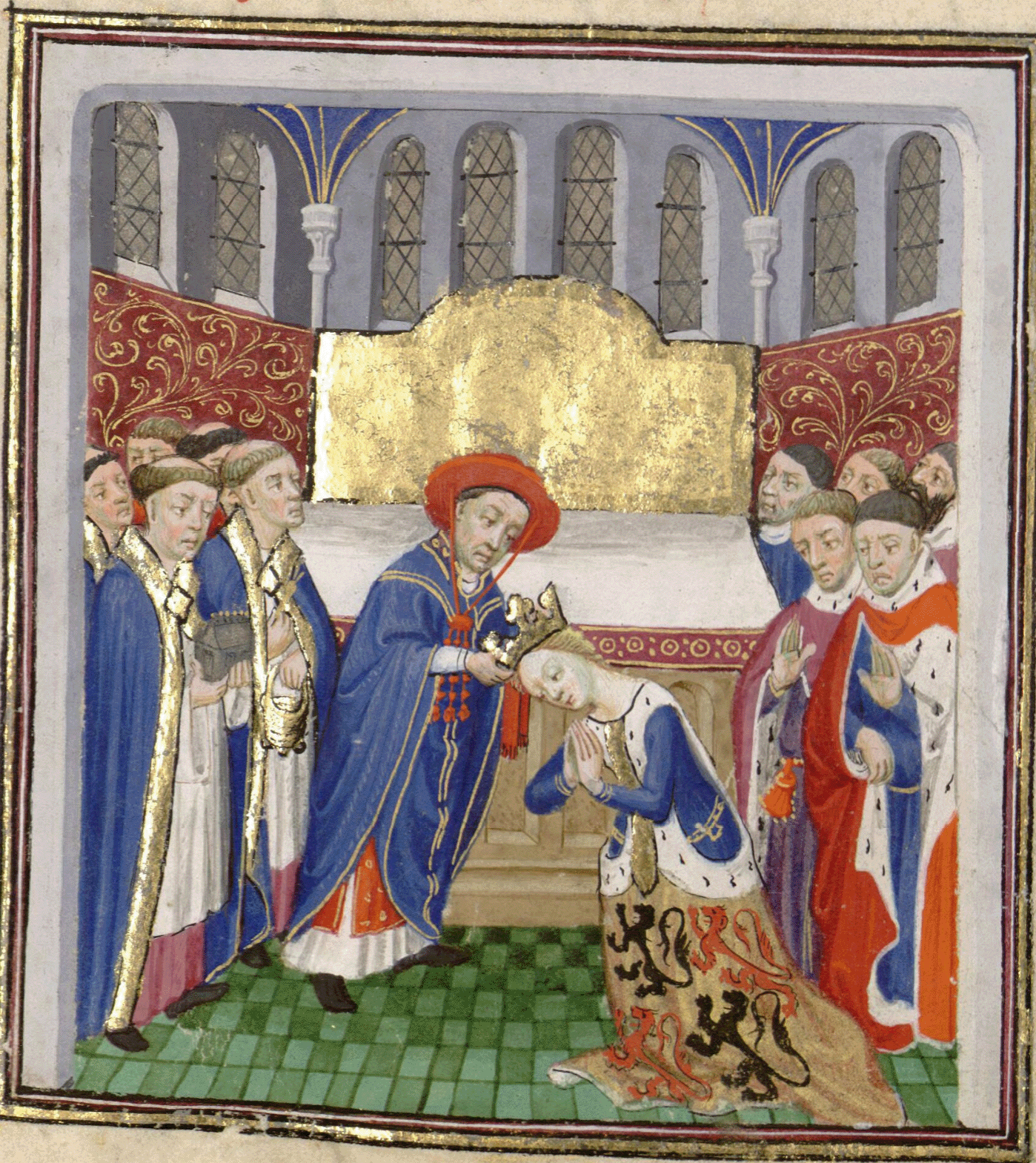by Susan Flantzer © Unofficial Royalty 2020
Principality of Lippe: Originally called Lippe-Detmold, the Principality of Lippe came into existence in 1789 when it was raised from a County within the Holy Roman Empire to a Principality. Leopold I, Count of Lippe-Detmold became the first Prince of Lippe.
At the end of World War I, Leopold IV, the last Prince of Lippe, was forced to abdicate on November 12, 1918. However, Leopold negotiated a treaty with the new government that allowed his family to remain in Lippe. Today the territory that encompassed the Principality of Lippe is located in the German state of North Rhine-Westphalia.
*********************

Leopold III, Prince of Lippe; Credit – Wikipedia
Leopold III, Prince of Lippe (Paul Friedrich Emil Leopold) was born on September 1, 1821, in Detmold, Principality of Lippe, now in the German state of North Rhine-Westphalia. He was the eldest of the six sons and the eldest of the nine children of Leopold II, Prince of Lippe and Princess Emilie of Schwarzburg-Sondershausen.
Leopold III had eight younger siblings. It appears that Leopold and his brother Woldemar were the only ones who married and neither had any children. This would eventually create a succession crisis. After the death of Leopold’s brother Alexander and the extinction of the Lippe-Detmold line, the throne of the Principality of Lippe went to Count Leopold of Lippe-Biesterfeld who would be the last Prince of Lippe.

Leopold, left, with his parents and sister Luise; Credit – www.findagrave.com
- Princess Luise of Lippe (1822 – 1887)
- Woldemar, Prince of Lippe (1824 – 1895), married Princess Sophie of Baden, no children
- Princess Friederike of Lippe (1825 – 1897)
- Prince Friedrich of Lippe (1827 – 1854)
- Prince Hermann of Lippe (1829 – 1884)
- Alexander, Prince of Lippe (1831 – 1905), unmarried, a regency was established due to his mental illness
- Prince Karl of Lippe (1832 – 1834), died in childhood
- Princess Pauline of Lippe (1834 – 1906)
Leopold studied at the University of Bonn and served as an officer in the Prussian Gardes du Corps, the personal bodyguard of the King of Prussia. Upon the death of his father on January 1, 1851, Leopold became Leopold III, Prince of Lippe. A year later, on April 17, 1852, Leopold married Princess Elisabeth of Schwarzburg-Rudolstadt in Rudolstadt, Principality of Schwarzburg-Rudolstadt, now in the German state of Thuringia. Elisabeth was the daughter of Albrecht, the sovereign Prince of Schwarzburg-Rudolstadt, and Princess Augusta Luise of Solms-Braunfel. The marriage of Leopold and Elisabeth was childless.
Leopold opposed the liberal reforms, more participation in government and democracy, that resulted from the German revolutions of 1848–49. He dissolved the state parliament, repealed the constitution of 1849, and reintroduced the constitution of 1836. He then replaced his cabinet councilors with conservatives. Leopold’s position was that he had neither initiated nor approved, let alone sworn to, the constitution forced by the revolution. The constitutional dispute continued and the rift between conservatives and liberals, between town and country, deepened. This certainly hurt Leopold who was considered affable and friendly.
In 1854, Leopold did institute some religious reform when he issued edicts that gave the Roman Catholic Church and the Lutheran Church the same legal status as the Calvinist State Church of Lippe. When Leopold became Prince of Lippe, the principality was a member of the German Confederation, and Leopold supported Prussia during the Austro-Prussian War of 1866. After the war, when the North German Confederation was formed, the Principality of Lippe became a member and would remain a member until the creation of the German Empire in 1871 following the Franco-Prussian War.

The Mausoleum on the Büchenberg in Detmold that Leopold III had built; Credit – Von Tsungam – Eigenes Werk, CC BY-SA 3.0, https://commons.wikimedia.org/w/index.php?curid=18903057
On December 8, 1875, Leopold III, Prince of Lippe, aged 54, died in Detmold after suffering a stroke and was succeeded by his brother Woldemar. He was buried at the Mausoleum on the Büchenberg (link in German) in Detmold, Principality of Lippe, now in the German state of North Rhine-Westphalia. For many years, the Church of the Redeemer (link in German) in Detmold served as the burial site for the House of Lippe. However, by the time Leopold III came to the throne in 1851, there was no room left, and some coffins were being stacked while others were being stored in the basement of the church. This led to Leopold III having the Mausoleum on the Büchenberg built. The remains of several members of the princely family were moved from the Church of the Redeemer to the new Mausoleum after its completion in 1855. Leopold III’s wife Elisabeth survived him by twenty-one years, dying in 1896 at the age of 63, and was buried with her husband.

Crypt in the Mausoleum on the Büchenberg; Credit – Von unbekannt / Tsungam – Foto: Eigenes Werk; Infotafel: Freunde der Residenz Detmold, Gemeinfrei, https://commons.wikimedia.org/w/index.php?curid=20182639
This article is the intellectual property of Unofficial Royalty and is NOT TO BE COPIED, EDITED, OR POSTED IN ANY FORM ON ANOTHER WEBSITE under any circumstances. It is permissible to use a link that directs to Unofficial Royalty.
Lippe Resources at Unofficial Royalty
Works Cited
- De.wikipedia.org. 2020. Leopold III. (Lippe). [online] Available at: <https://de.wikipedia.org/wiki/Leopold_III._(Lippe)> [Accessed 6 October 2020].
- En.wikipedia.org. 2020. Leopold III, Prince Of Lippe. [online] Available at: <https://en.wikipedia.org/wiki/Leopold_III,_Prince_of_Lippe> [Accessed 6 October 2020].
- Flantzer, Susan, 2020. Leopold II, Prince Of Lippe. [online] Unofficial Royalty. Available at: <https://www.unofficialroyalty.com/leopold-ii-prince-of-lippe/> [Accessed 6 October 2020].
- Mehl, Scott, 2018. Lippe Royal Burial Sites. [online] Unofficial Royalty. Available at: <https://www.unofficialroyalty.com/former-monarchies/german-royals/principality-of-lippe/lippe-royal-burial-sites/> [Accessed 6 October 2020].










